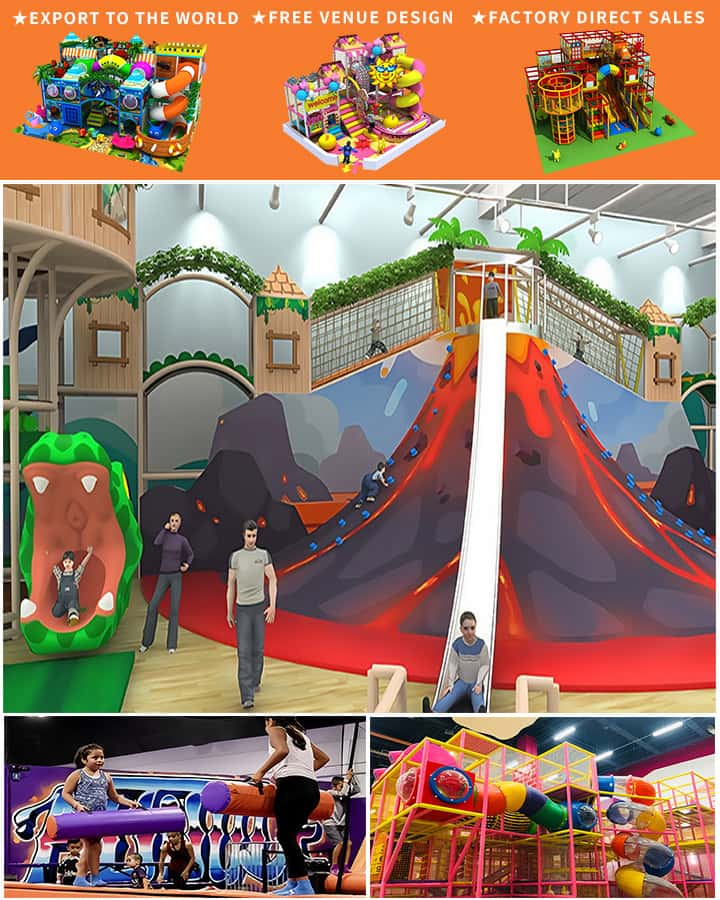Creating an indoor playground for kids at home can be a fantastic way to keep children entertained, promote physical activity, and foster creativity. With a little imagination and some thoughtful planning, you can transform ordinary spaces into exciting areas where your children will love to spend time. Here are some engaging ideas to inspire you:
Imaginative Play Areas
1. Fort Building Corner
Every child loves building forts. Dedicate a corner of a room or even a whole room to fort-building activities. Use blankets, pillows, chairs, and cardboard boxes to construct various structures. Encourage kids to use their imagination to create castles, spaceships, or secret hideaways. This kind of play helps develop motor skills and encourages cooperative play if siblings or friends join in.
2. Dress-Up Station
Set up a small area with hooks on the wall or an old dresser where kids can hang their costumes. Gather a collection of clothes, hats, scarves, and accessories from thrift stores or handmade options. A full-length mirror nearby can enhance this imaginative play, allowing children to see themselves in different roles. This activity stimulates creativity and boosts self-confidence as they explore different characters and scenarios.
Active Play Zones
3. Mini Obstacle Course
 Turn a hallway or living room into a mini obstacle course. Use household items like cushions, stools, and hula hoops to create tunnels, balance beams, and jumping stations. Time the kids or have them race against each other for added excitement. Such physical challenges improve coordination and provide a great outlet for energy.
Turn a hallway or living room into a mini obstacle course. Use household items like cushions, stools, and hula hoops to create tunnels, balance beams, and jumping stations. Time the kids or have them race against each other for added excitement. Such physical challenges improve coordination and provide a great outlet for energy.
4. Trampoline Park
If space permits, consider setting up a small trampoline in a safe area of your home. Trampolines offer endless fun and are excellent for developing motor skills, balance, and strength. Make sure to supervise young children and set rules to ensure safety.
Educational and Sensory Spaces
5. Art and Craft Studio
Designate a specific area for arts and crafts. Lay down some old newspapers or a plastic tablecloth to protect surfaces and provide easy access to supplies such as crayons, markers, glue, scissors, and construction paper. An art station allows children to express themselves creatively while honing fine motor skills and concentration.
6. Sensory Bin Play
Create sensory bins filled with rice, sand, beans, or water beads. Add scoops, cups, and small toys for extra engagement. These sensory experiences are calming and help develop tactile discrimination—an important skill for learning and daily tasks.
Cozy Reading Nooks
7. Storytime Corner
A cozy reading nook can become a favorite retreat. Set up bean bags or a small tent with soft pillows and good lighting. Fill a nearby bookshelf with age-appropriate books. This quiet space encourages a love for reading and provides a peaceful break from more active play.
8. Puzzle and Game Zone
Dedicate a low shelf or table for puzzles and board games. This area can be a great spot for family bonding time or independent play. Choose puzzles that match the ages and skill levels of your children to keep them challenged yet engaged.
Safety First
While creating these play areas, always prioritize safety:
- Ensure all furniture and equipment are stable and secure.
- Keep small items out of reach of younger children to prevent choking hazards.
- Use non-toxic materials for arts and crafts.
- Supervise young children during active play to prevent accidents.
By dedicating different areas of your home to various types of play, you create an indoor playground that is both fun and functional. The best part? It’s all within the comfort of your own home, providing endless entertainment for your kids regardless of the weather outside.




